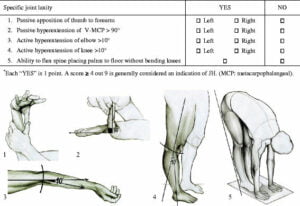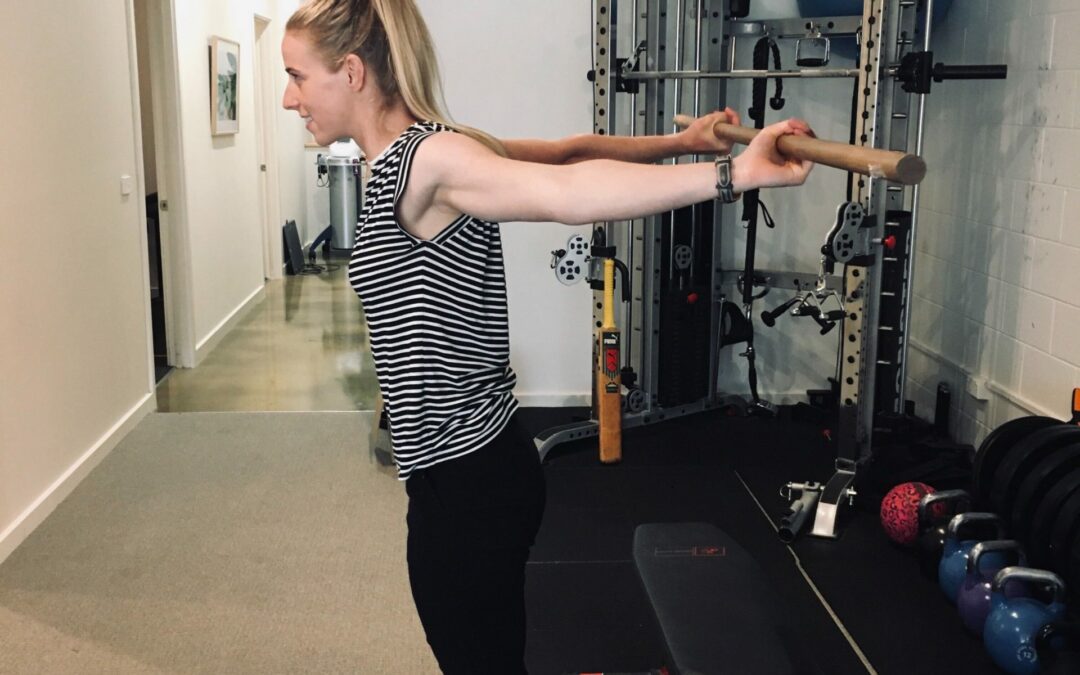More than bendy?
Am I hypermobile or just flexible?
Being mobile is good right? Don’t we want to be flexible and hypermobile. Is there a difference?
Flexibility refers to the muscles and their associated fascia being stretched. A muscle is a contractile tissue which crosses over one or multiple joints of our body. Muscles can contract and stretch and will return to their original length after the stretch is released. The stretches we usually perform should aim to stretch our muscles and fascia, not our ligaments.
The term hypermobility is used to describe a person who has more than the usual amount of movement in a joint due to the stretch in their ligaments. This is present in around 20% of the population including me. Whilst there is a moderate proportion of people who have hypermobile joints, there is only a small proportion of those who experience pain or impeded function. Our ligaments help support our joints and we want to avoid stretching them if possible, as they don’t tend to return to their original length once stretched.
Collagen is the biding block of tissues in our joints, some types of collagen are firmer and some are stretchier. Those who are hypermobile experience increased levels of the stretchier collagen in their ligaments, allowing movement to go further – which isn’t necessarily a good thing.

How is hypermobility diagnosed?
Hypermobility is diagnosed by a health professional e.g. your physiotherapist, GP, osteo.
We will use the beighton score to determine the severity of your hypermobility which include the following tests.

(https://www.researchgate.net/figure/Beighton-score-for-joint-laxity_fig1_293025400)
Movements will be assessed, symptoms listed, family history taken and any functional questionaiires if deemed necessary.
How can hypermobility impact me?
Often hypermobility causes no symptoms and you may not require any treatment depending on the severity. However, on the latter end of the severity scale hypermobility can impact you.
Including:
- Joint sprains and pain
- Tendon injuries
- Joint dislocations and subluxations
- Muscular pains
How can physiotherapy help with hypermobility or those with diagnosed Joint Hypermobility Syndrome (JHS)
- Education around hyper mobility and coping mechanisms/strategies
- Pain management with appropriate referrals
- Improving body awareness (proprioception)
- Improving joint stability and strength in compromised joints
- Developing a home exercise program to create independence
- Retraining simple movement patterns
- Taping or bracing if necessary

Why am I writing this blog?
Because I am hypermobile in my joints.
I grew up training gymnastics which I know exaggerated my hypermobility. Looking back, I know it predisposed me to sustaining 2 x ACL ruptures and numerous ankle sprains. I have since taught myself good body and joint awareness, and continually aim to strengthen and stabilise my joints to prevent sustained future injuries.
After all of that the number 1 key is education and awareness.
Stabilise what is too mobile, mobilise what is too stable.
If you feel like you experience any of these type of symptoms, or would like to chat to someone about it, by all means reach out to me or anyone at the clinic.
Claire Van Poppel
Physiotherapist
